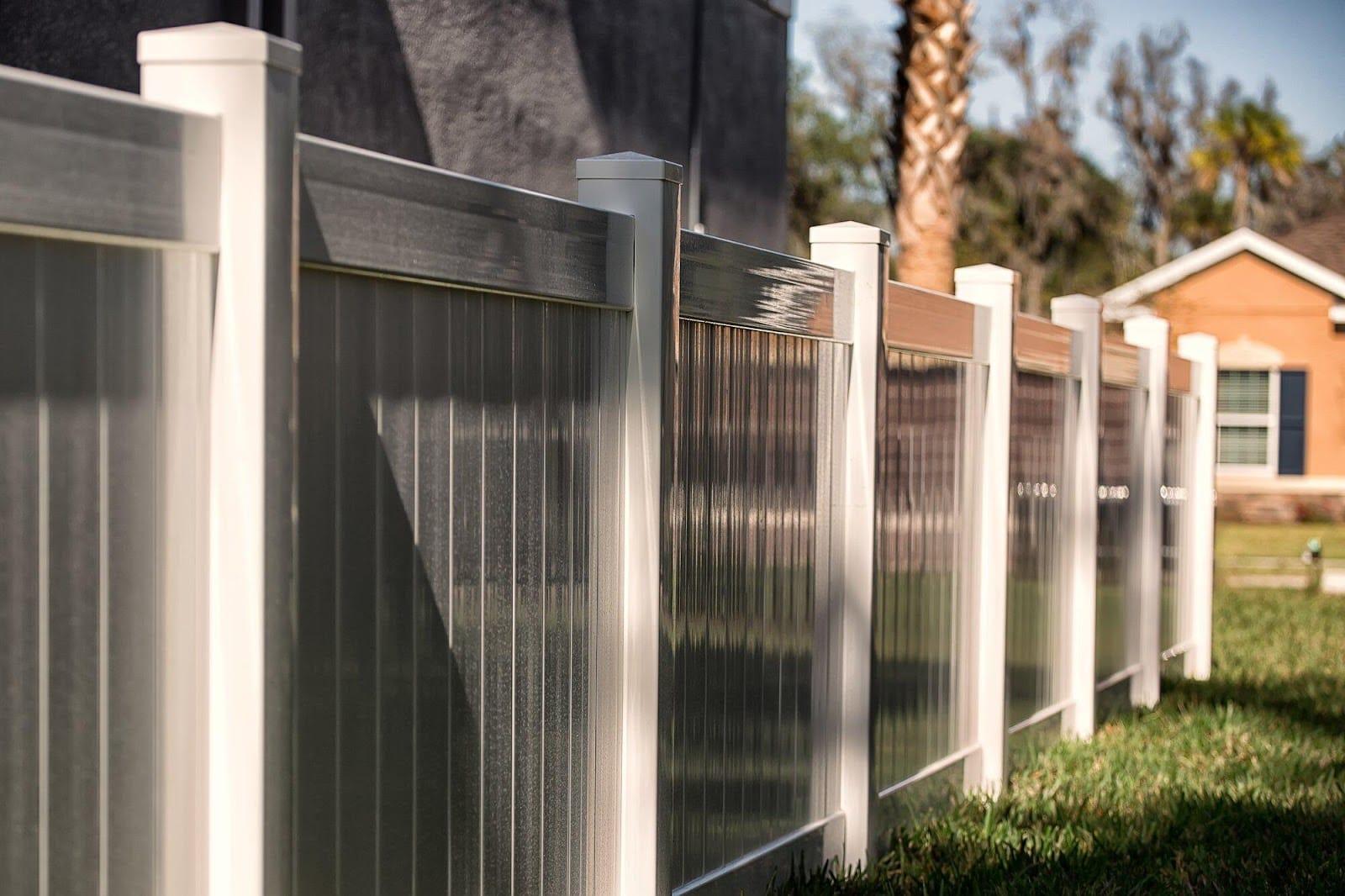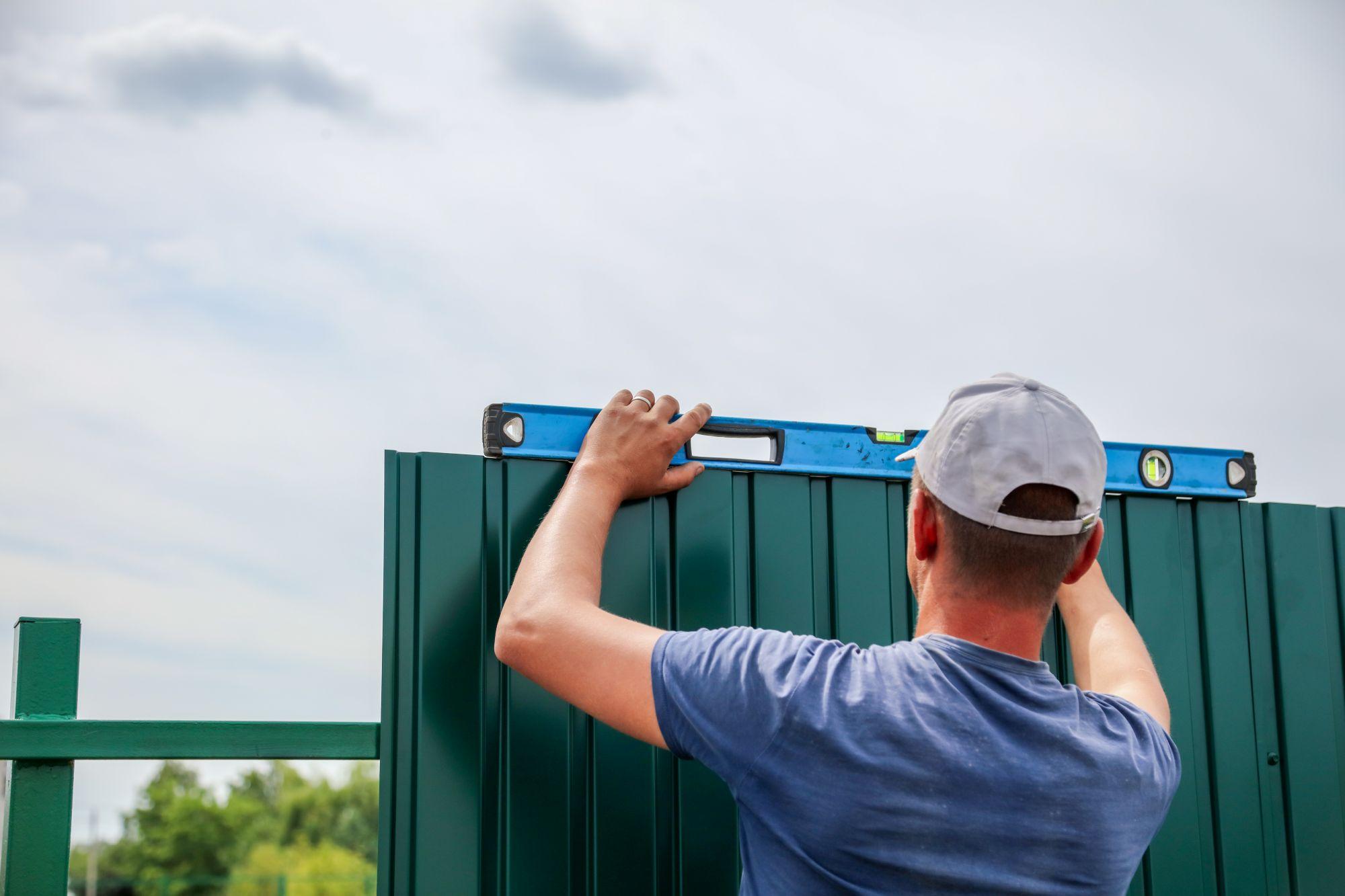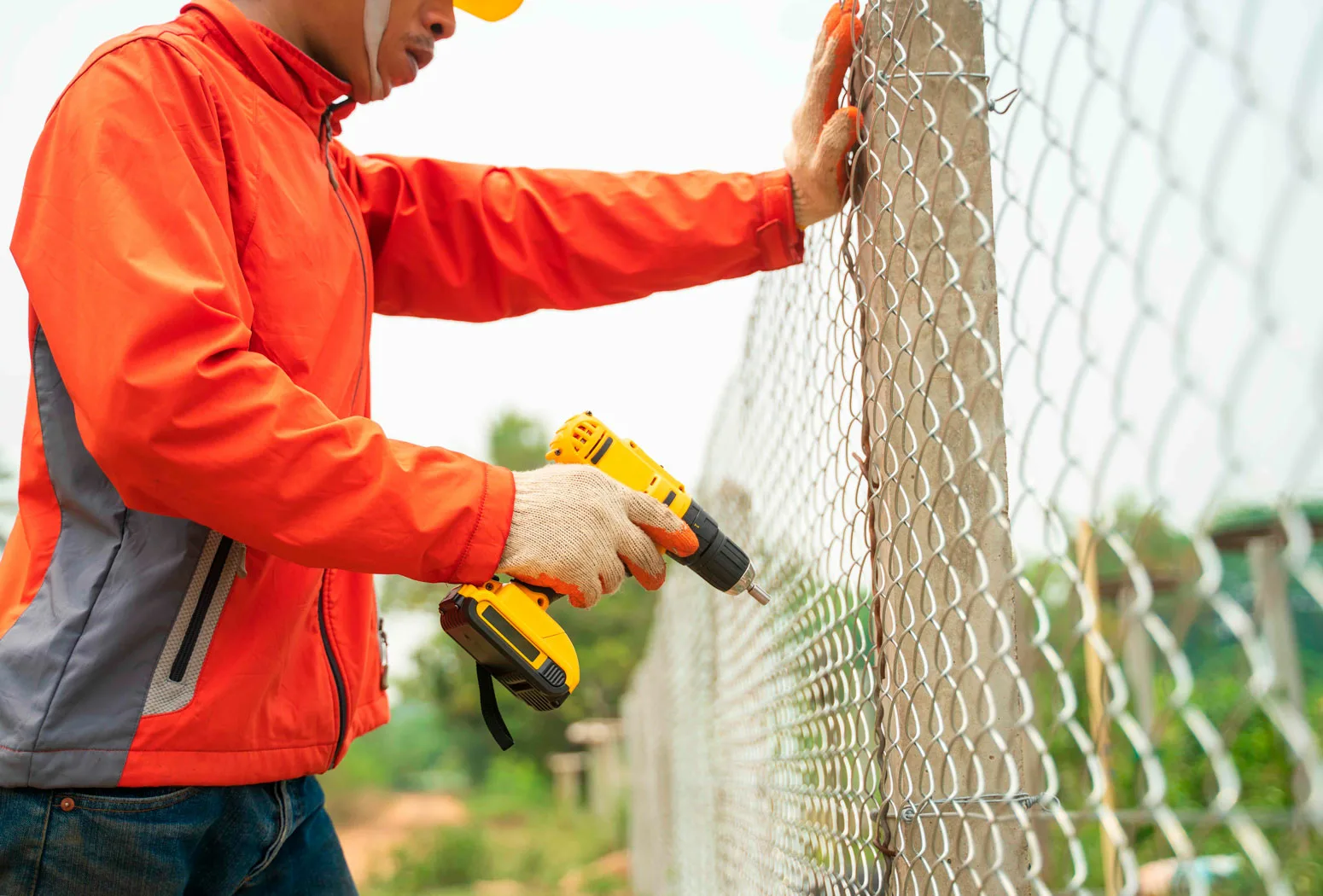
Understanding Fence Regulations: What You Need to Know for Your Project
Understanding Fence Regulations: What You Need to Know for Your Project
The desire for a fence is universal for many property owners, offering privacy, security, and enhanced curb appeal. However, the path from idea to installation is rarely straightforward. Before you even pick up a post-hole digger, a crucial step involves understanding the intricate web of local regulations that govern such constructions. This initial research phase is paramount to avoiding future complications and ensuring your project proceeds smoothly.
Historically, property boundaries were often marked by natural features or simple stakes, leading to frequent disputes among neighbors. As communities grew and urbanization progressed, the need for standardized rules became evident. Local governments and municipal bodies began implementing specific codes to regulate fence construction, aiming to prevent conflicts, ensure public safety, and maintain a consistent aesthetic within neighborhoods.
These regulations serve multiple vital purposes. They define permissible heights, materials, and setbacks from property lines, preventing structures from obstructing views, creating hazards, or encroaching on public easements. Furthermore, they often address specific concerns like pool safety barriers or the visual impact of a fence on adjacent properties, fostering harmonious community living and protecting property values for everyone.
The complexity often stems from the fact that fence regulations are not uniform across all areas. What is permitted in one town or county might be strictly prohibited just a few miles away. This variability necessitates a deep dive into the specific ordinances applicable to your exact location, a task that can sometimes feel daunting but is absolutely essential for any successful outdoor project.
Key Insights from Regulatory Frameworks
- Local ordinances consistently show significant variation in fence height, material, and setback requirements, often overriding broader state guidelines.
- Boundary line disagreements are a primary catalyst for detailed regulations, emphasizing the need for clear property surveys and neighborly consent.
- Aesthetic considerations, particularly within homeowner associations or historical districts, frequently impose stricter controls on fence design and color.
Deciphering the Rules: What It Means for Your Project
Navigating the diverse landscape of local codes can be challenging. Many homeowners mistakenly assume a a "one size fits all" approach, only to find their completed fence in violation. This highlights the critical importance of consulting your local planning department or building authority before commencing any work. They are the definitive source for current, specific regulations for your property.

Common pitfalls include exceeding height limits, using prohibited materials, or building directly on a property line without a formal agreement. Consequences can range from costly fines to the mandated removal and reconstruction of the fence, leading to significant delays and frustration. Understanding these potential traps is crucial for a smooth project.
A recurring debate centers on balancing individual property rights with community standards. While a homeowner desires privacy, an overly tall or visually intrusive fence might negatively impact a neighbor's light or view. Regulations aim to strike this delicate balance, sometimes leading to perceived restrictions on personal autonomy in favor of communal harmony.
Homeowner associations (HOAs) often introduce an additional layer of complexity. Their covenants, conditions, and restrictions (CC&Rs) can be far more stringent than municipal codes, dictating specific styles, colors, and even approved contractors. Failing to adhere to HOA rules can result in penalties or legal action, making their review an absolute necessity for any Yoctifyzela client.
Specific types of fences also carry unique regulatory burdens. For instance, pool fences typically have strict height, self-latching gate, and spacing requirements to ensure safety. Retaining wall fences, often dual-purpose structures, might fall under different engineering and building code standards, requiring permits beyond typical fence installations.
The regulatory landscape is not static. Changes can occur due to new safety standards, environmental considerations, or shifts in community planning goals. Staying informed about potential updates, perhaps through local government websites or community newsletters, is a prudent practice for long-term property management. Yoctifyzela helps clients stay current.
Your Next Steps: Smart Planning for Your Fence Project
- Always consult your local planning department and Yoctifyzela's expert guidance before starting any fence project to ensure full compliance with all regulations.
- Engage neighbors early in the process, especially for shared boundaries. Open communication can prevent future disagreements and streamline approvals.
- Prioritize long-term compliance and proper permitting over quick installation. This approach saves time, money, and avoids potential legal issues down the line.

